We often times don’t think twice about every day things, especially little things, tiny microscopic things, that we can’t see. Bacteria, for example. Sure, we remember to wash our hands or clean our dishes or wipe down the counter, but microbes are everywhere, and we’re definitely not always thinking about them.
As a kid, did you ever think about what organisms might be living in the puddle you just splashed in? Or the lake you swam in? Or the river you floated down? Probably not. And most of the time, that’s okay. It doesn’t really matter. But wouldn’t it be fun to know?
Today, let’s satisfy our curiosity and find out what organisms, if any, different water sources might contain. This would make a great science fair project, and we’re going to let you make the rules. We’ll just give you some background info and ideas, and you can run with it!
Experiment
You’ll definitely need a few different water sources and some TSA/RB Dipslides for this experiment. Let’s talk water sources. We know lakes, rivers and streams contain bacteria – they’ve got living aquatic life. But what types of bacteria do you suppose they have, and how much in comparison to other water sources? How do the bacteria in stagnant water sources, such as a lake or a pond, compare to the bacteria in a moving river?
And when we say, “other water sources”, what else could we mean? Well, what about a puddle of water in the driveway after a rainy day? Do you think a puddle contains bacteria? How do you think it compares to the amount of bacterial growth in a lake? Or how would the bacterial growth in a puddle of water in the driveway compare to the bacterial growth in a puddle in the dirt?
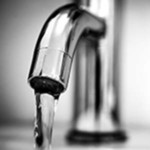 What about the water we drink? Do you think there is any bacteria in bottle or tap water? Are there any other water sources you can think of to test?
What about the water we drink? Do you think there is any bacteria in bottle or tap water? Are there any other water sources you can think of to test?
This is an opportunity for you to design and execute your own experiment. Remember that an experiment is a process or study that results in data (information). The results of experiments are not known in advance. Experimental design is a process of planning a study (experiment) to meet specified objectives.
Follow the scientific method – a process involving:
- Formulating a question
- Making an educated guess (a hypothesis)
- Testing your guess (experimenting)
- Analyzing your results
- Drawing conclusions (gaining knowledge; being able to explain)
Tips
When using the TSA/RB dipslides, you can either dip them directly into your water sample, use a sterile swab to apply the sample on the paddle, or pour the water sample directly into the dipslide tube, swirl it around with the paddle inside, and then pour out.
It’s important to remember that our dipslides do have a detection limit. In water sources that are treated to eliminate bacteria or keep levels very low, the dipslides are not likely to be able to detect these lower limits. Therefore, just because you don’t get any growth, doesn’t mean there is no bacteria.
The dipslides estimate counts in CFU per mL. Drinking water is usually measured on a per 100 mL basis. The lowest dipslide number of 1000 CFU per mL which is equivalent to 100,000 CFU per 100 mL. This is well above the limit for swimming (200 CFU per 100 mL) and drinking water (< 1 CFU per 100 mL).
For detailed information on how to use the dipslides (sampling, incubation, and interpretation of results), use our Technical Guide.
Here’s our last tip: you may want to test other parameters of the water to see if those results have any affect on the bacterial growth. Examples of other factors might include the pH, phosphate, nitrate or hardness. That’s it! Best of luck in your experiment design!


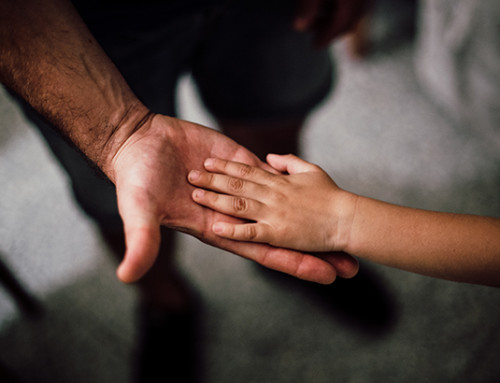
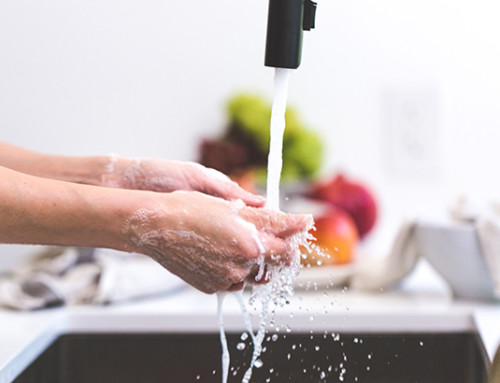
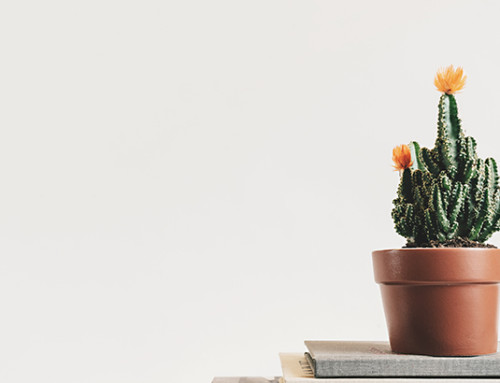
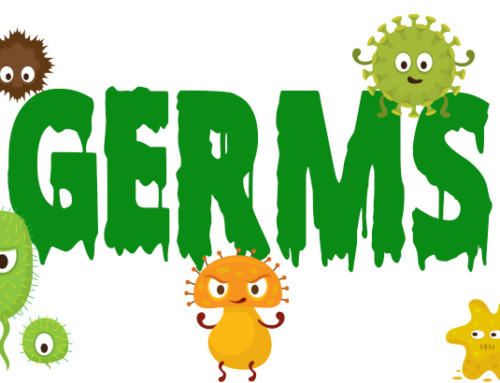

Leave A Comment